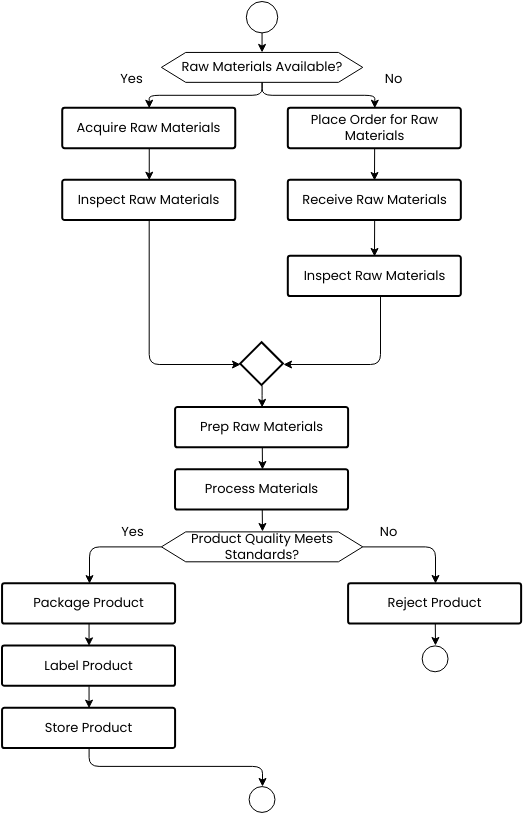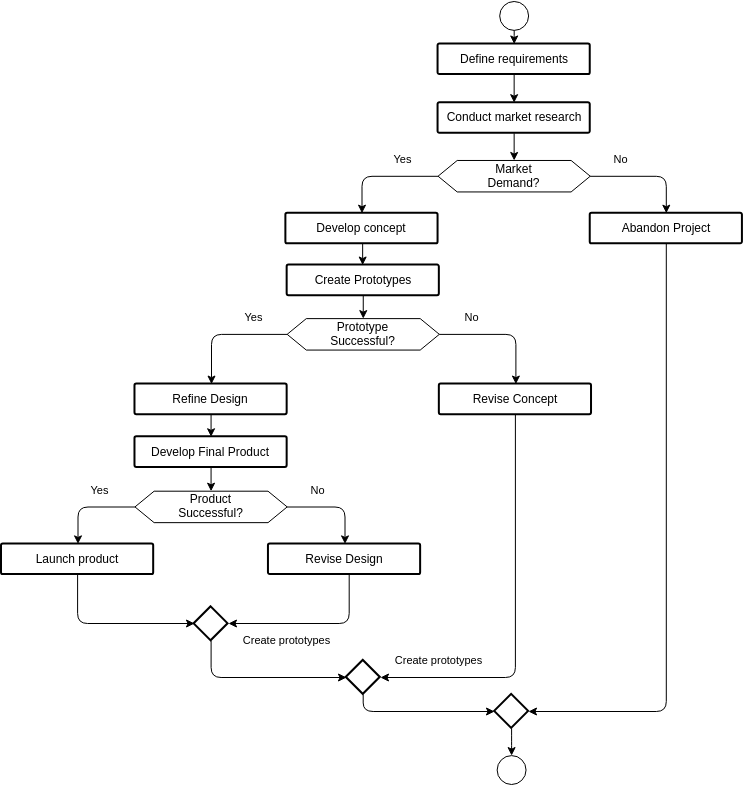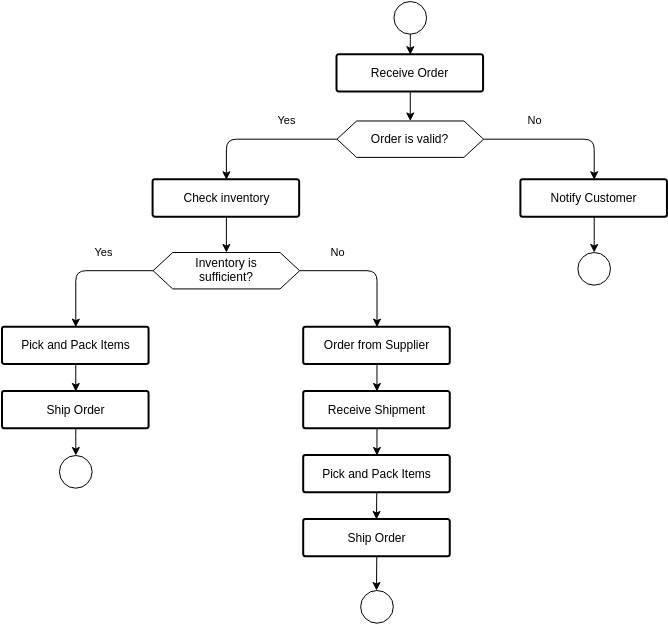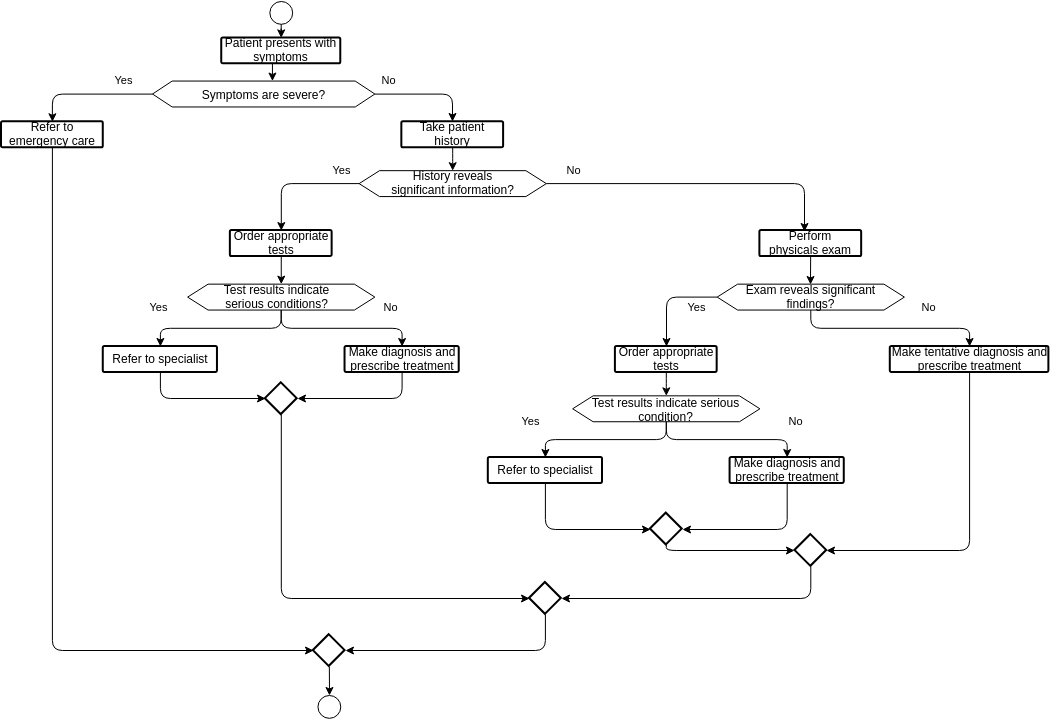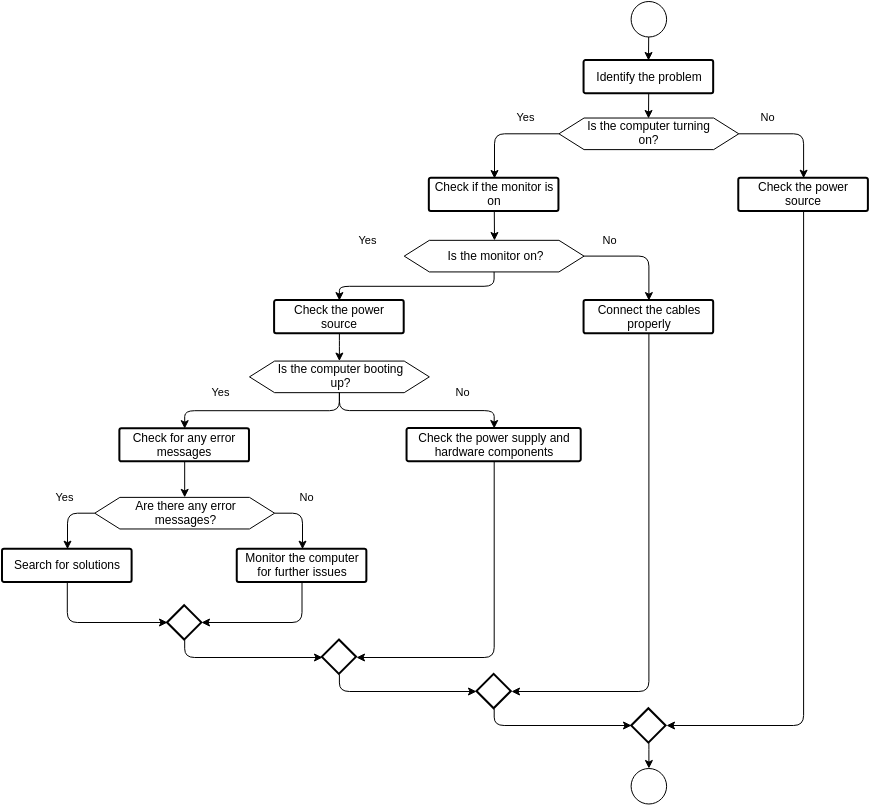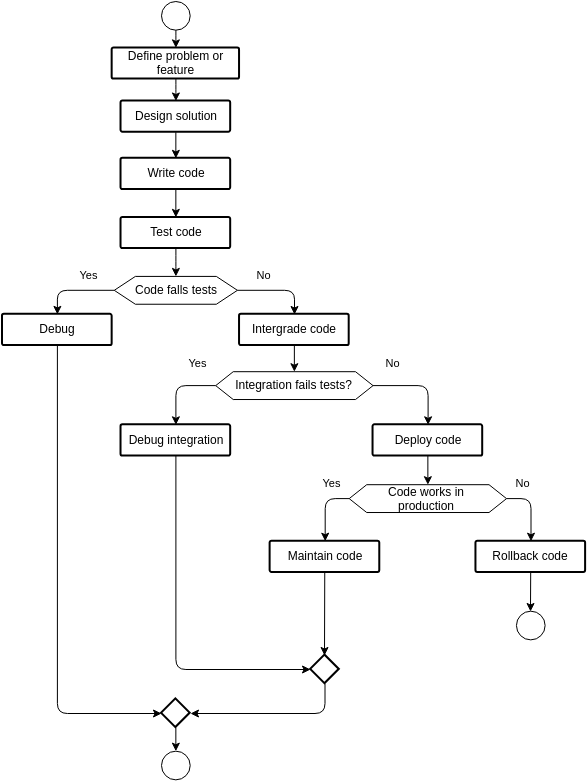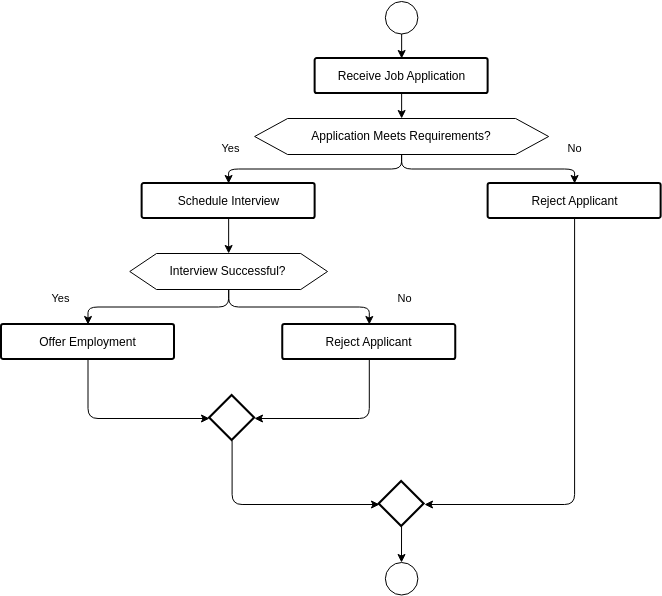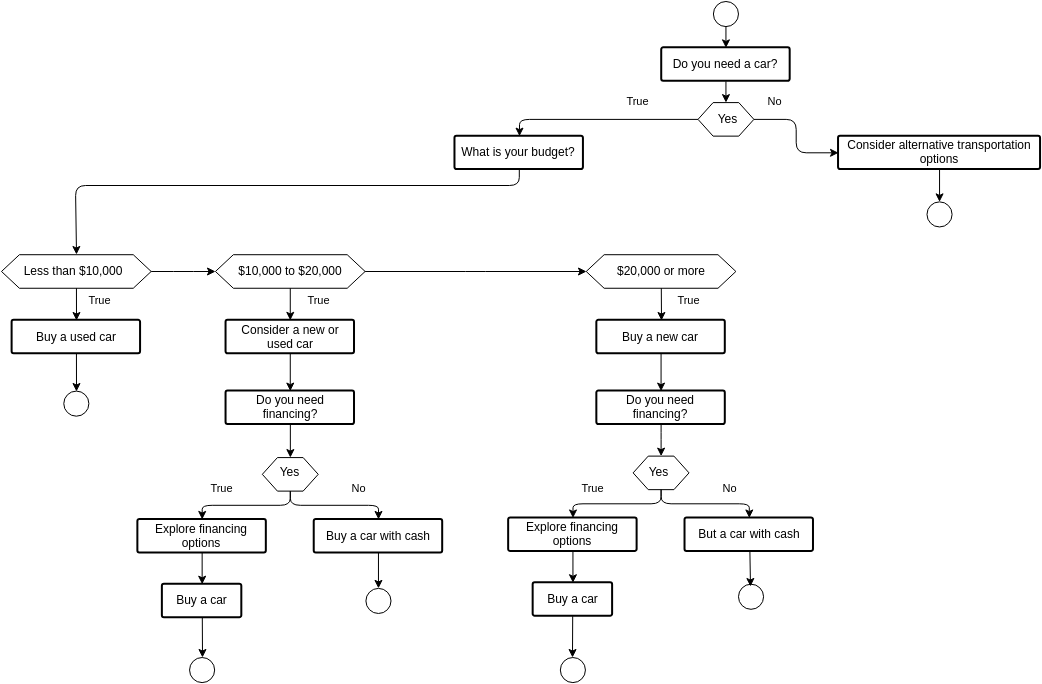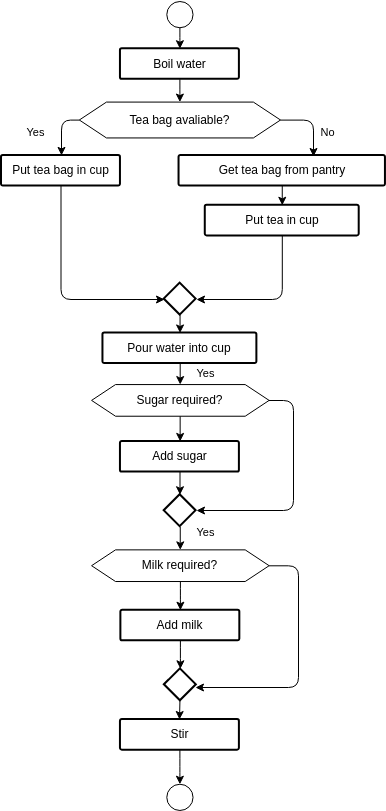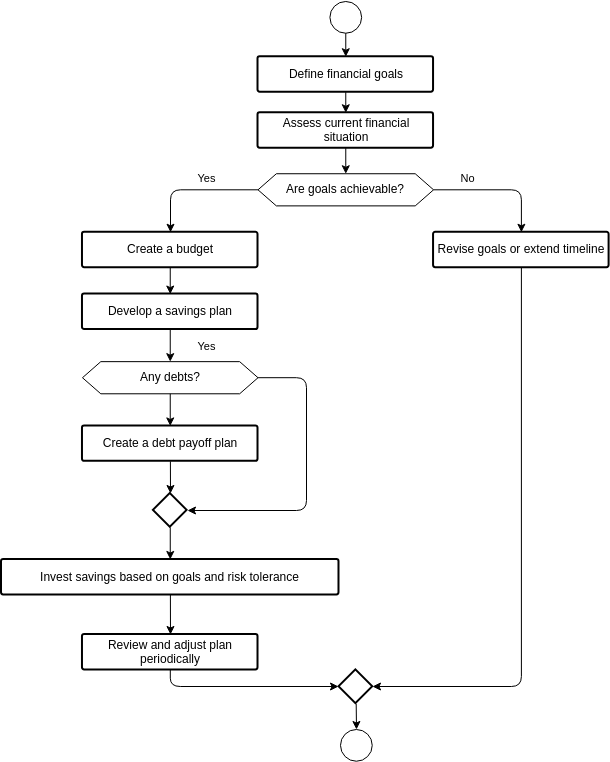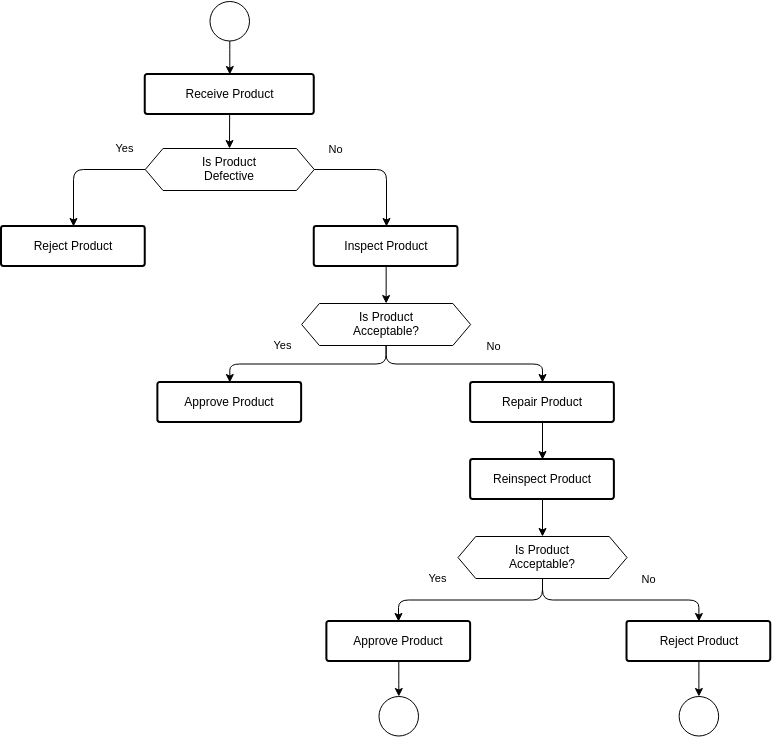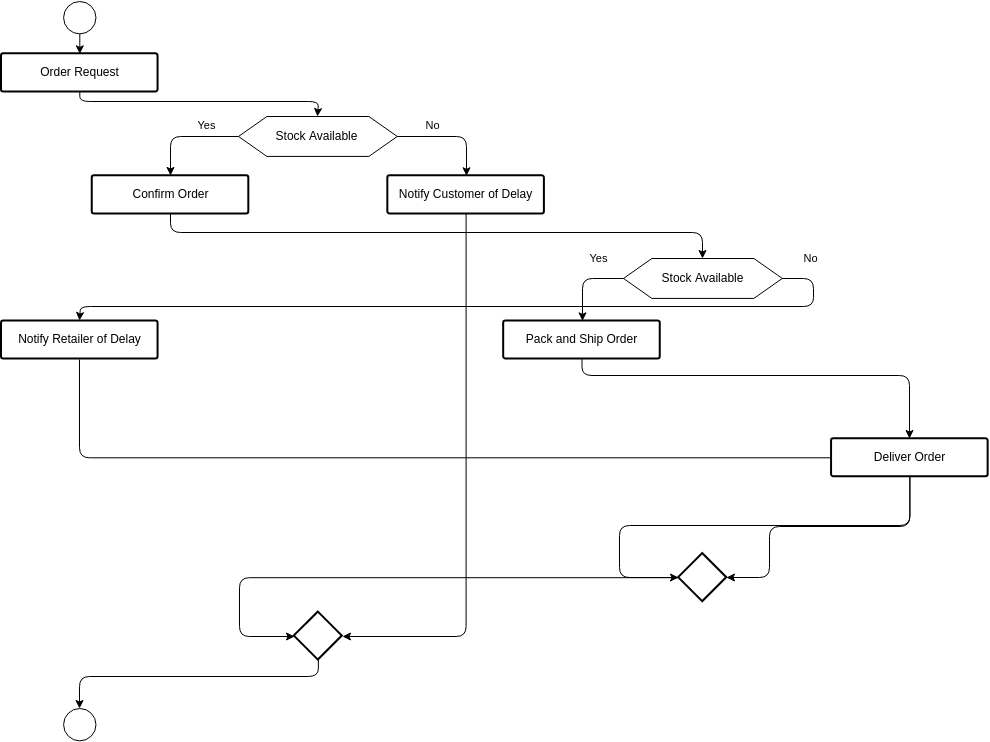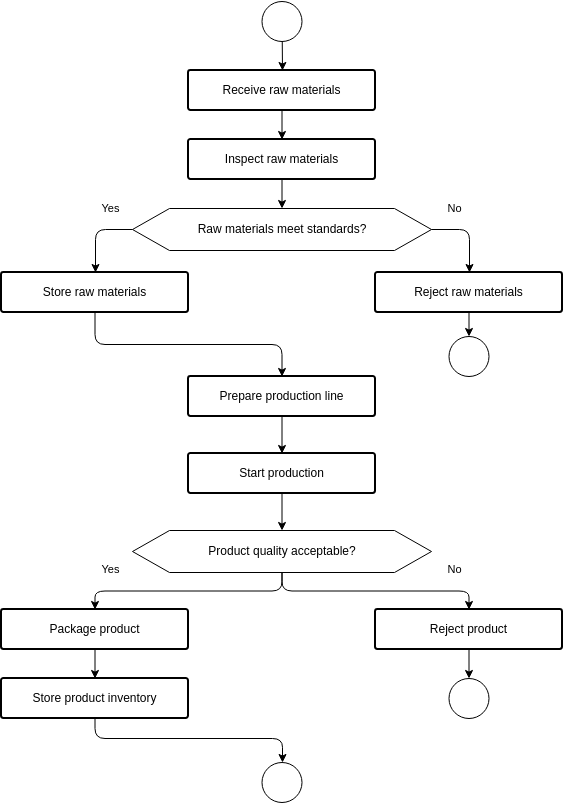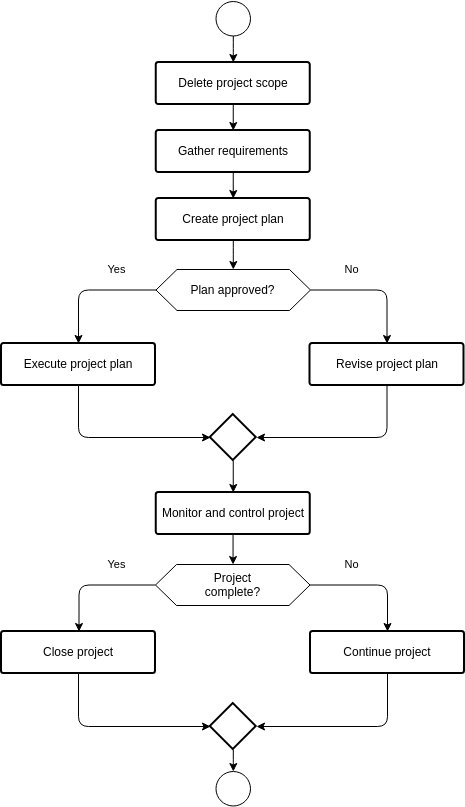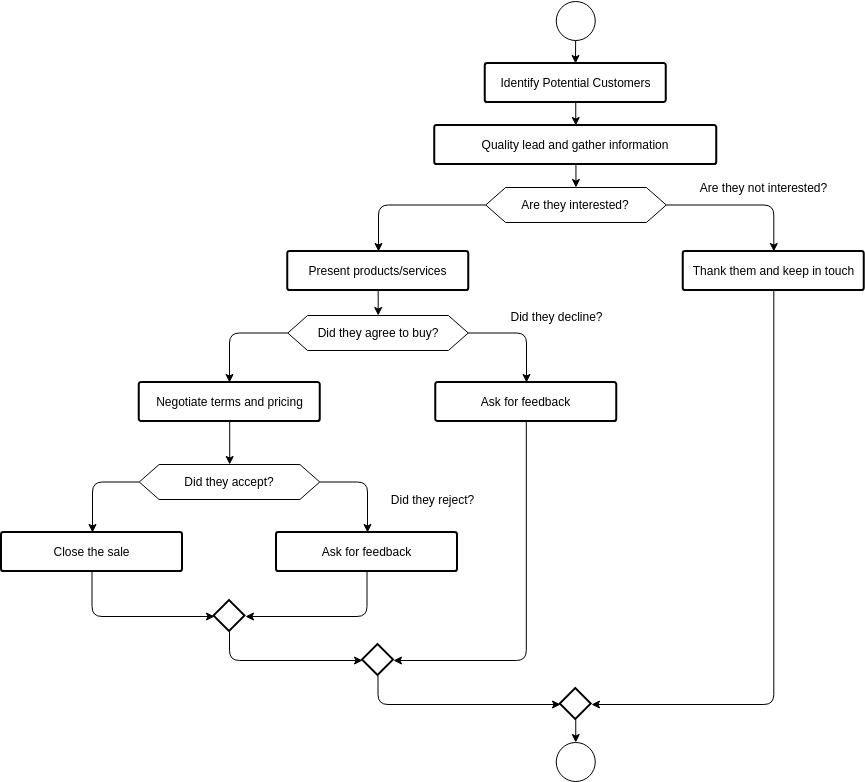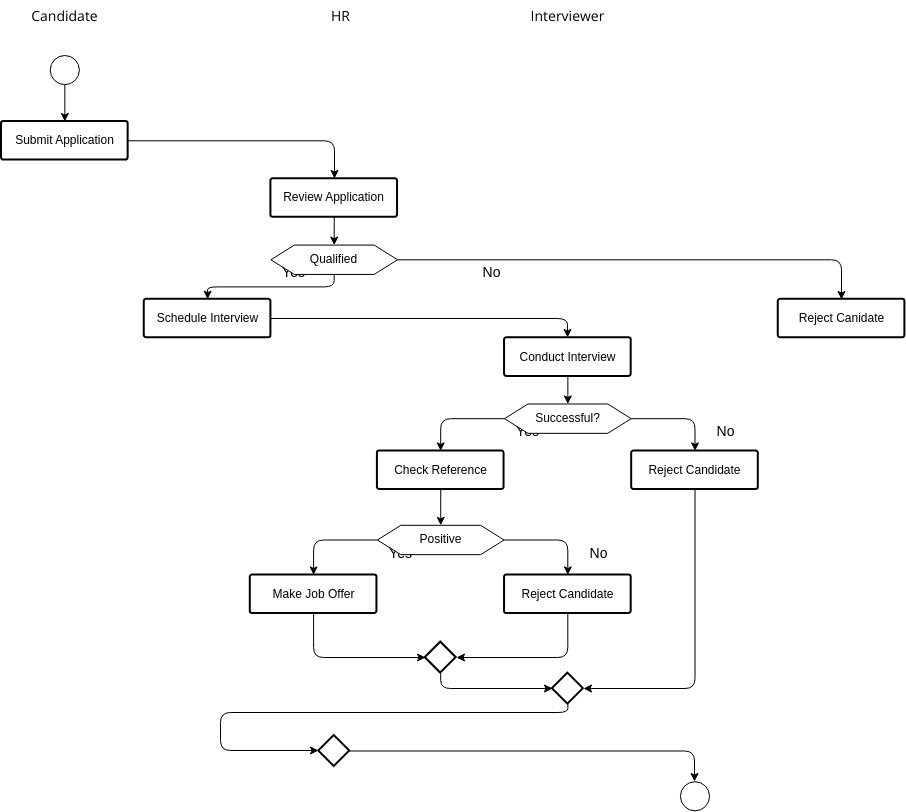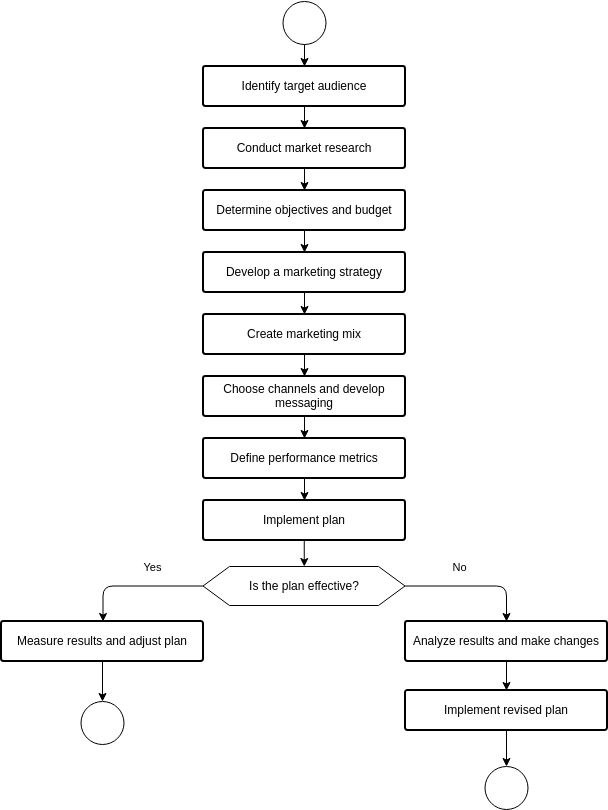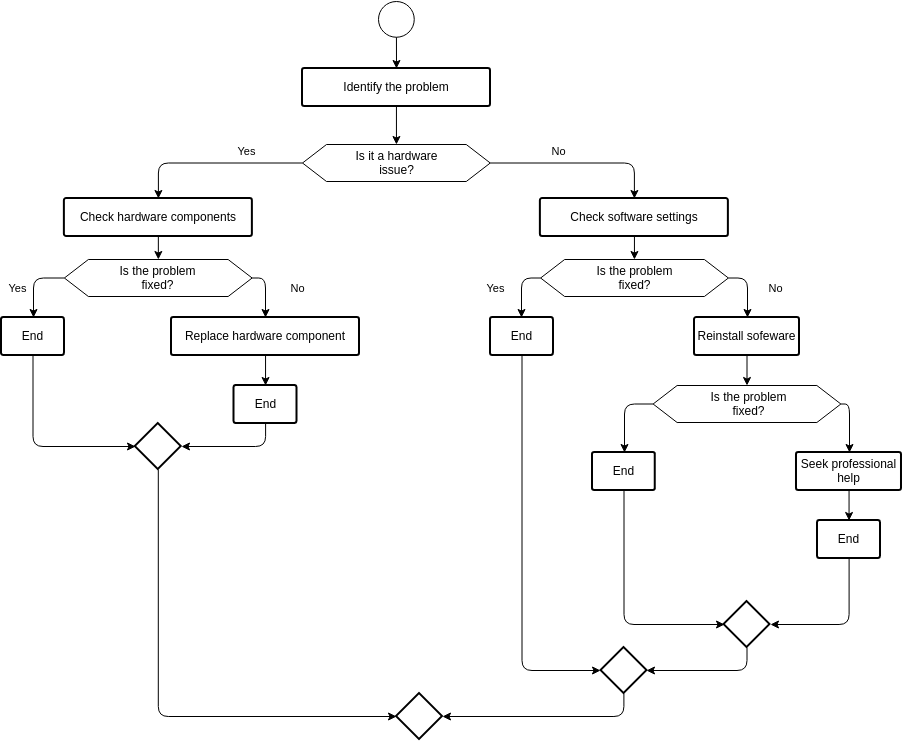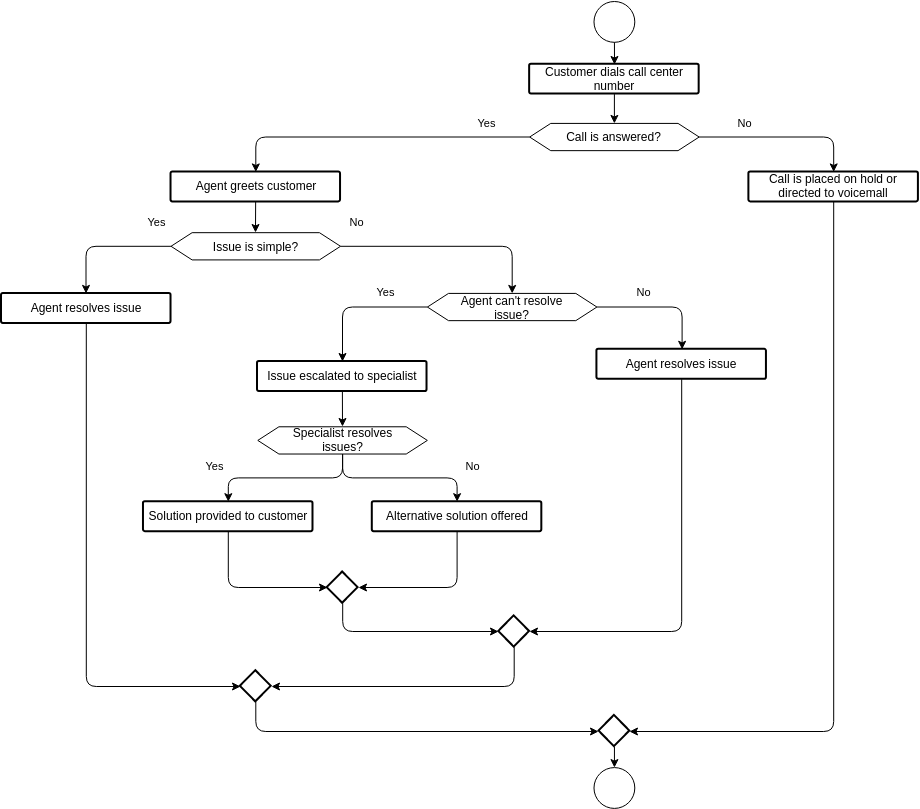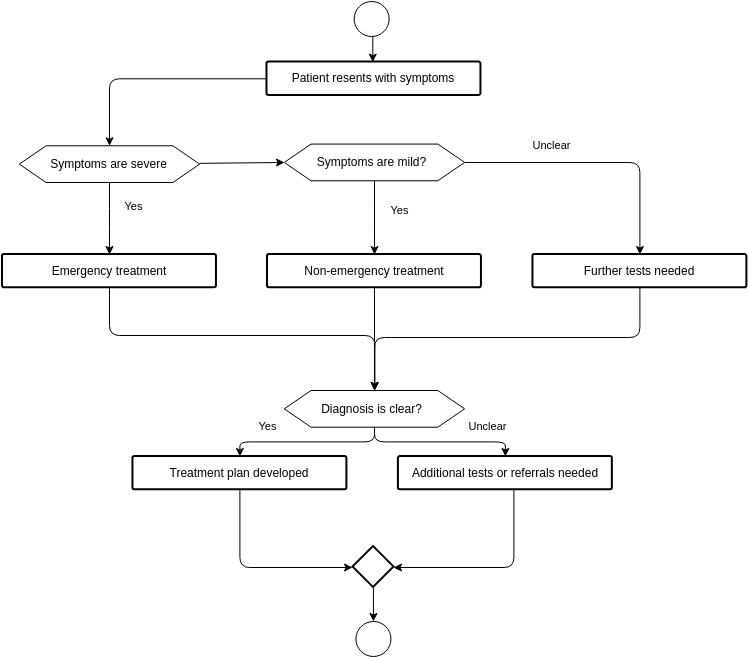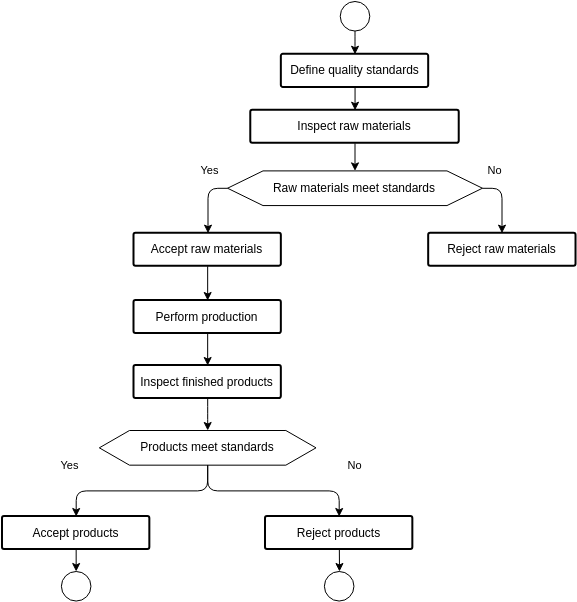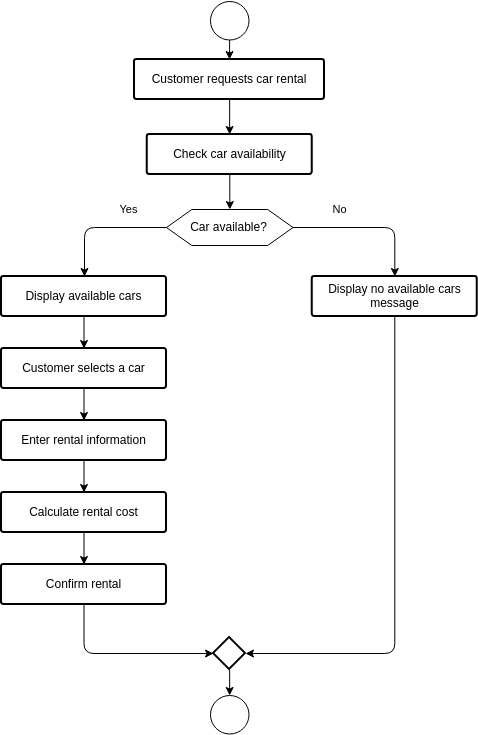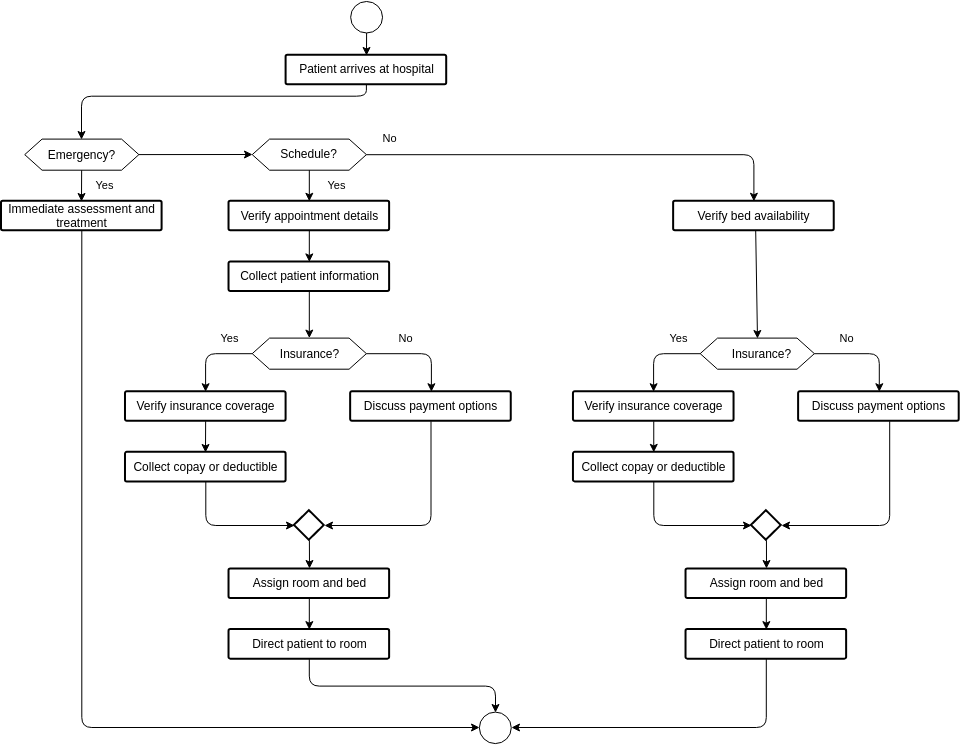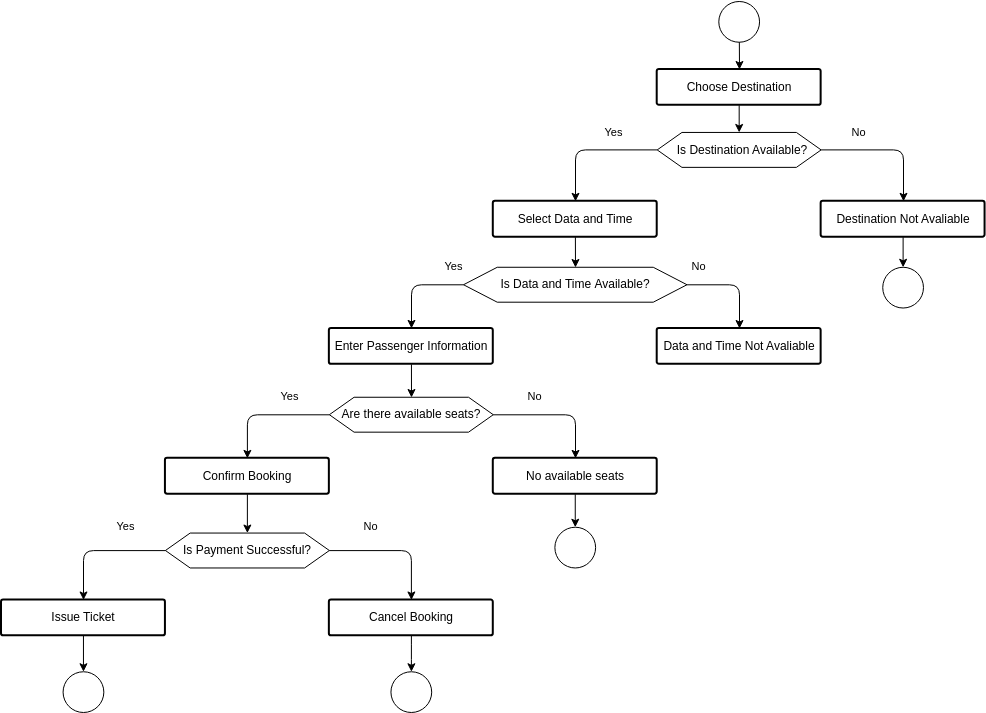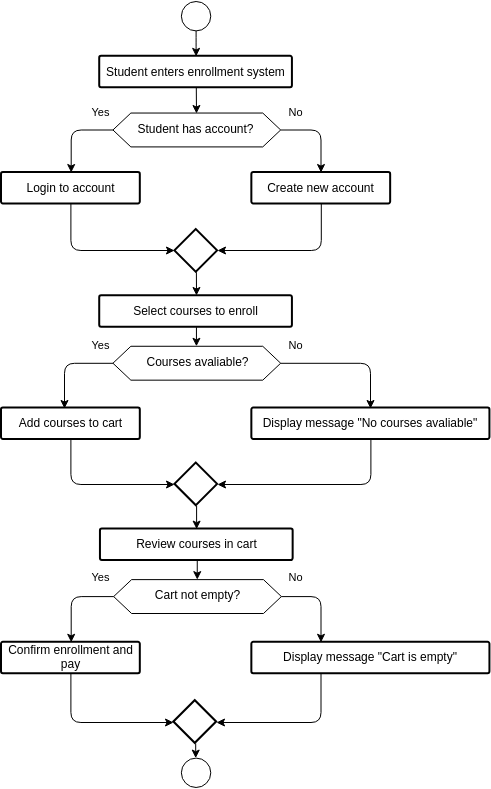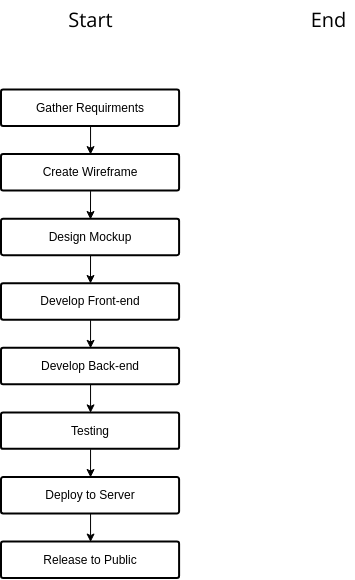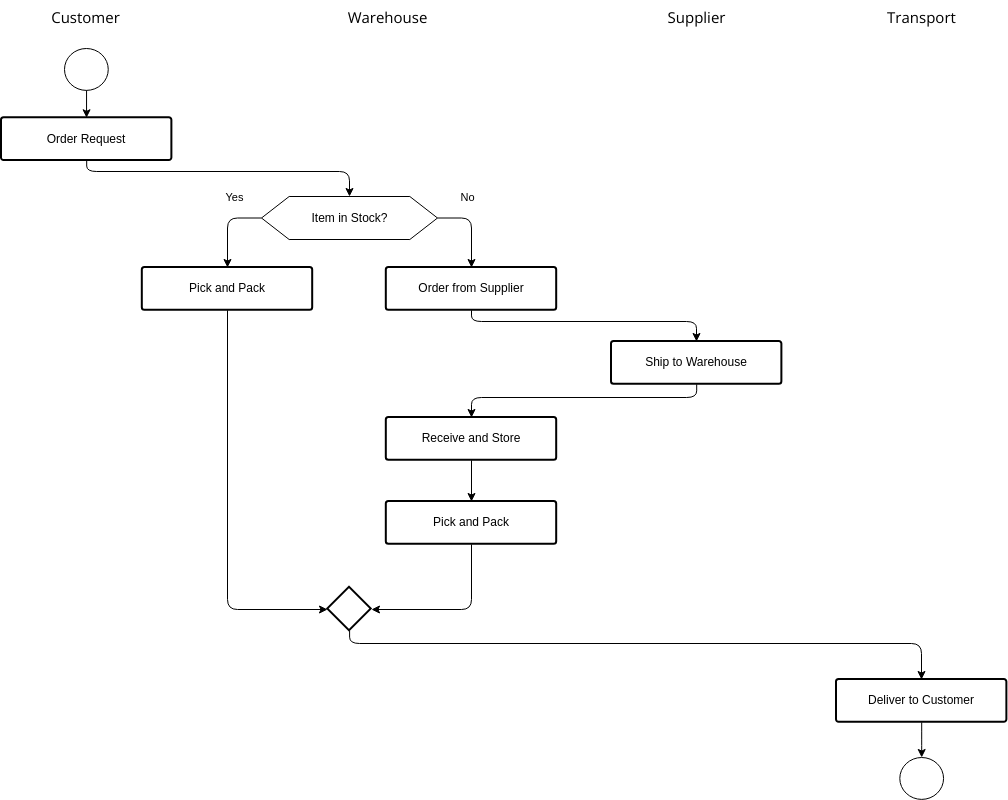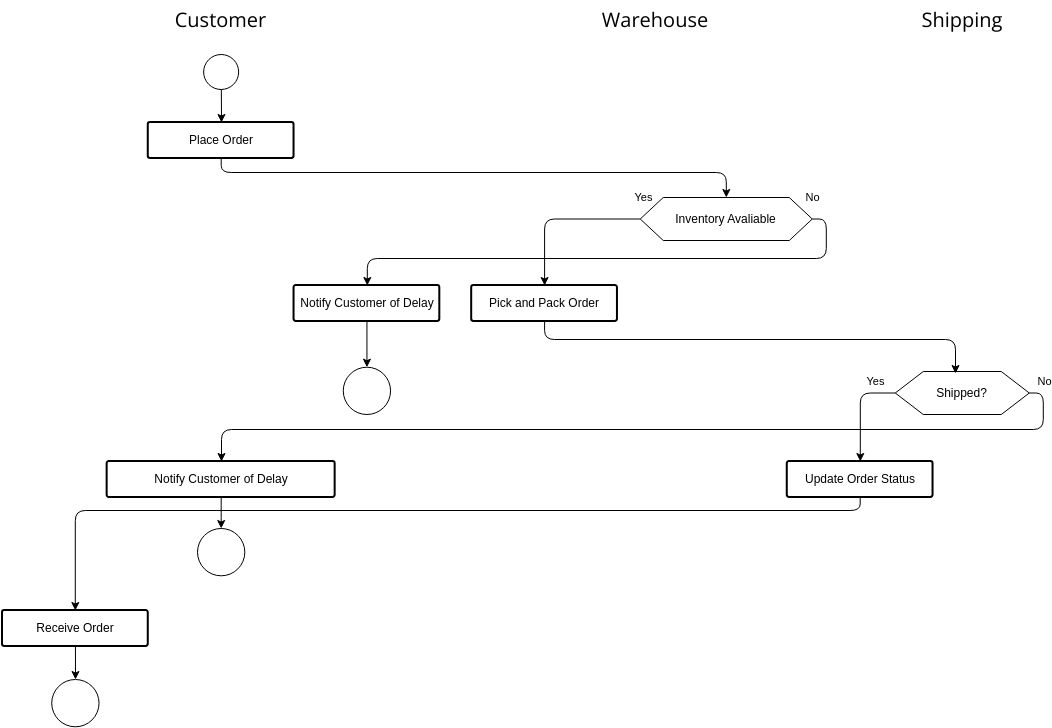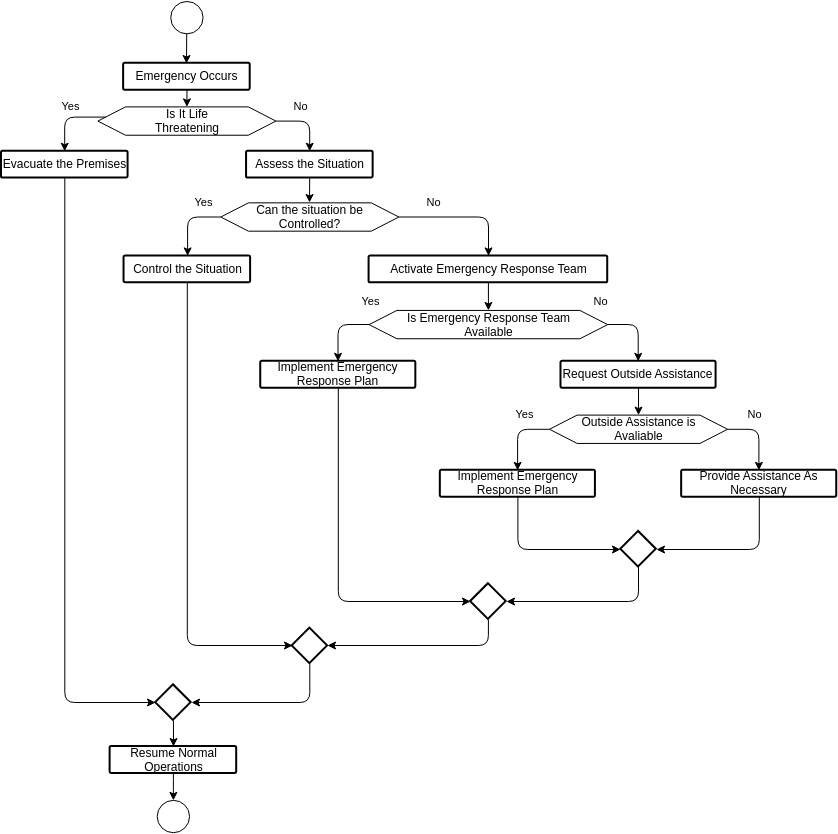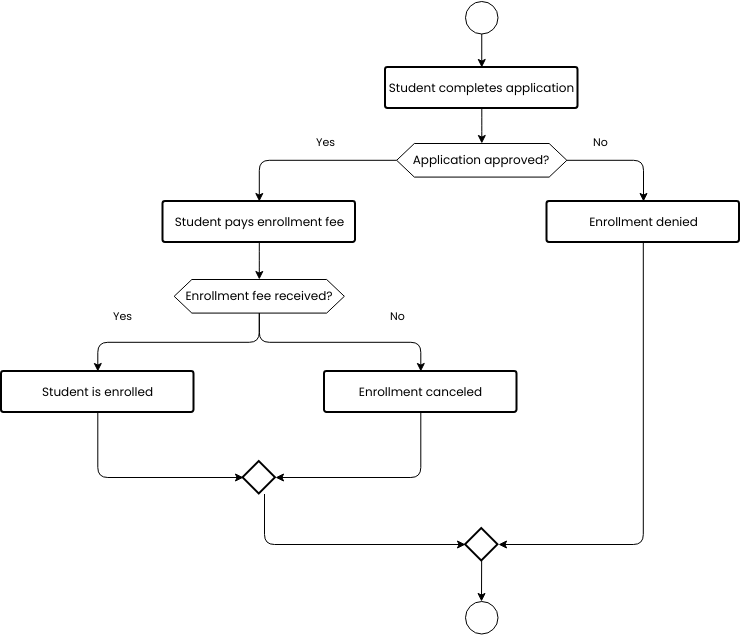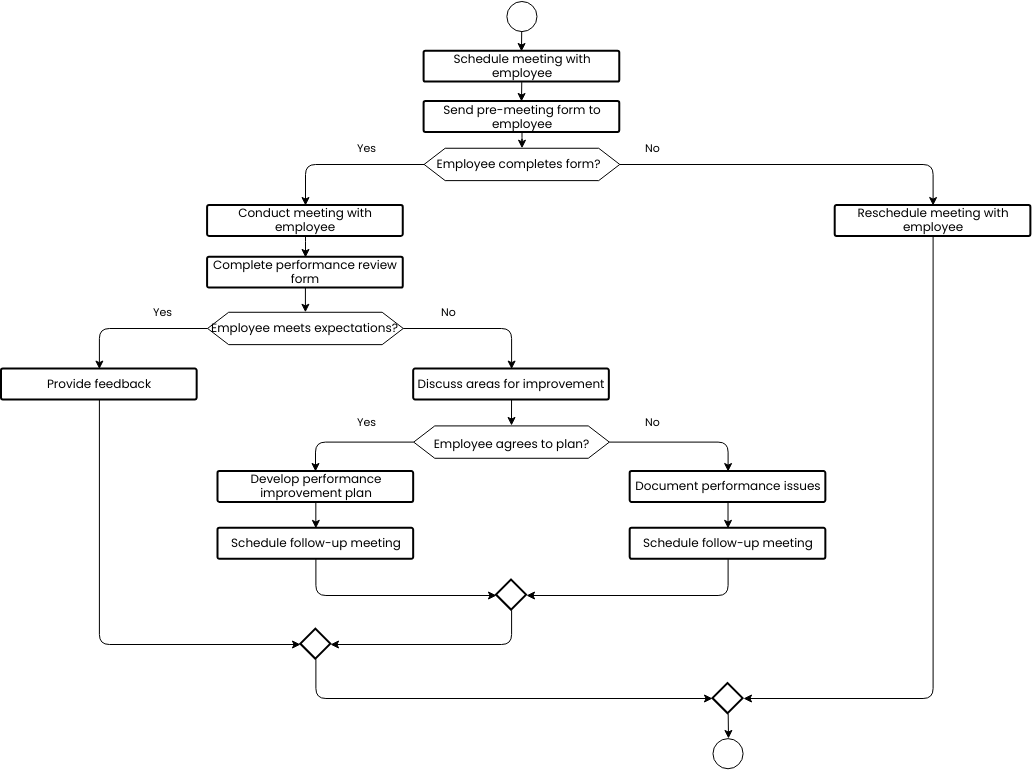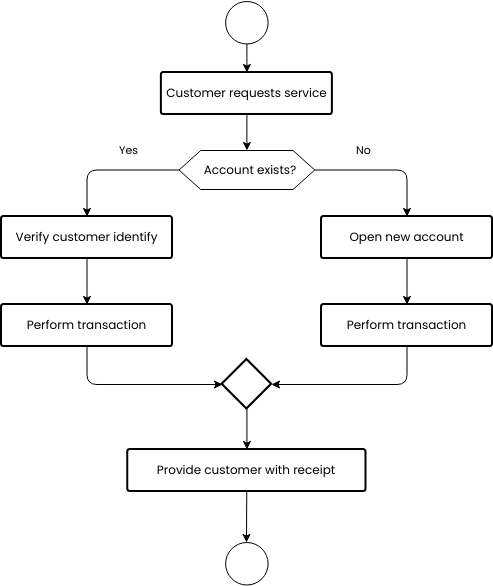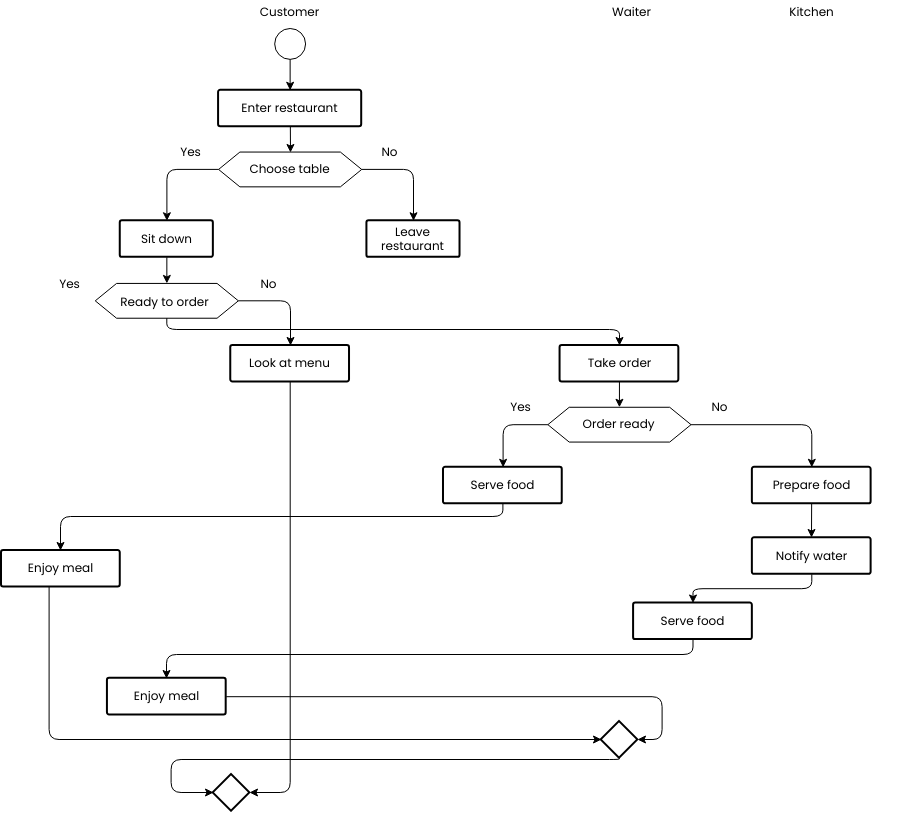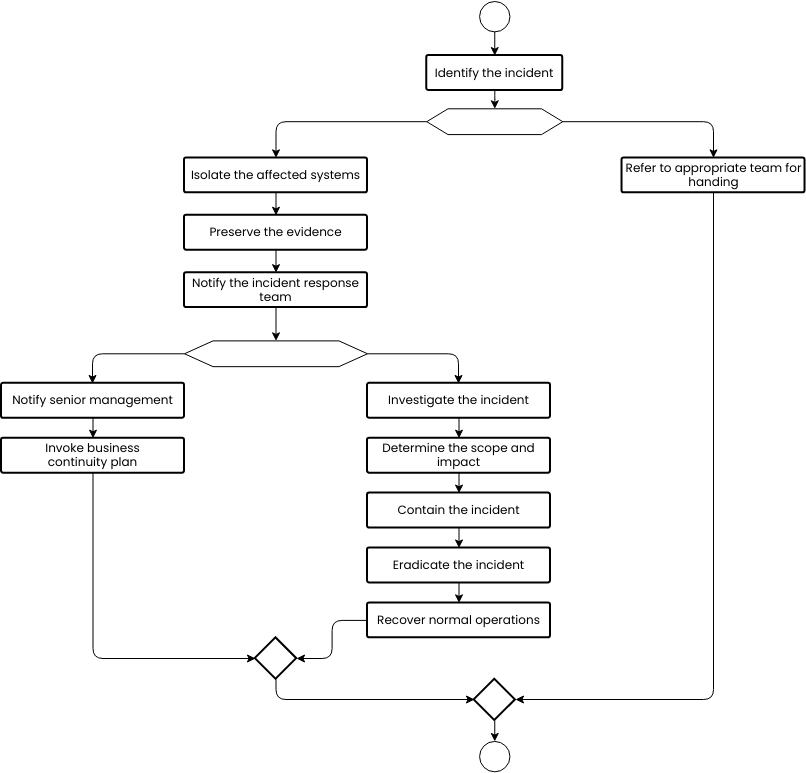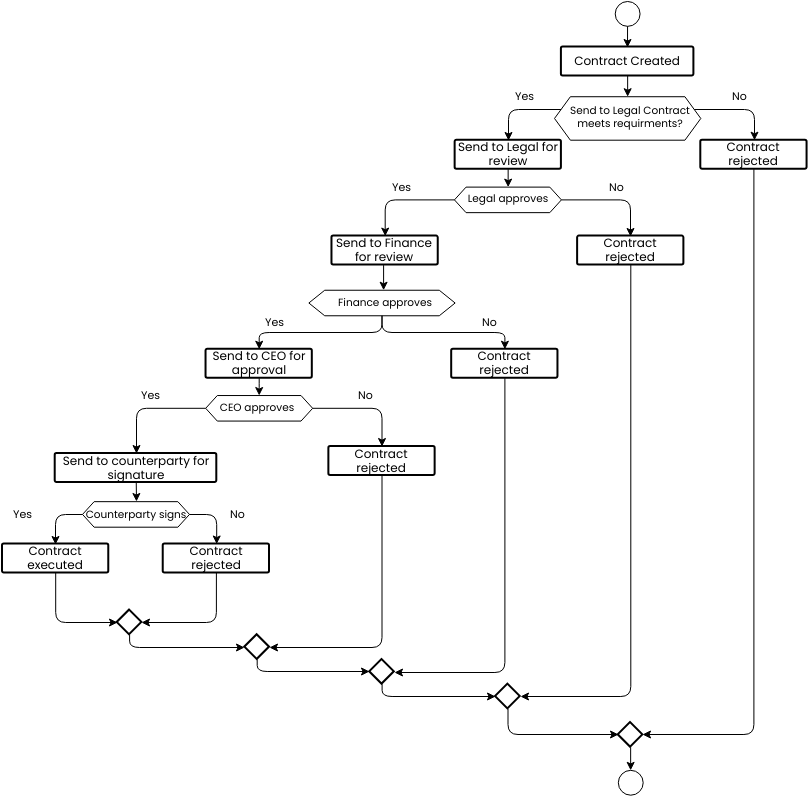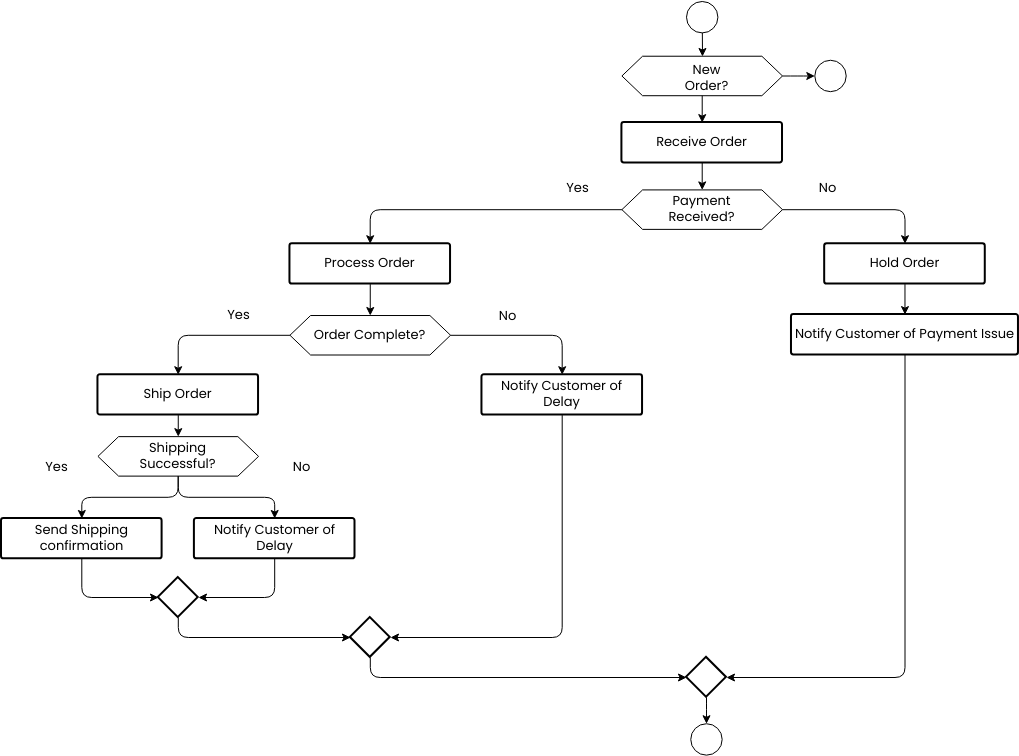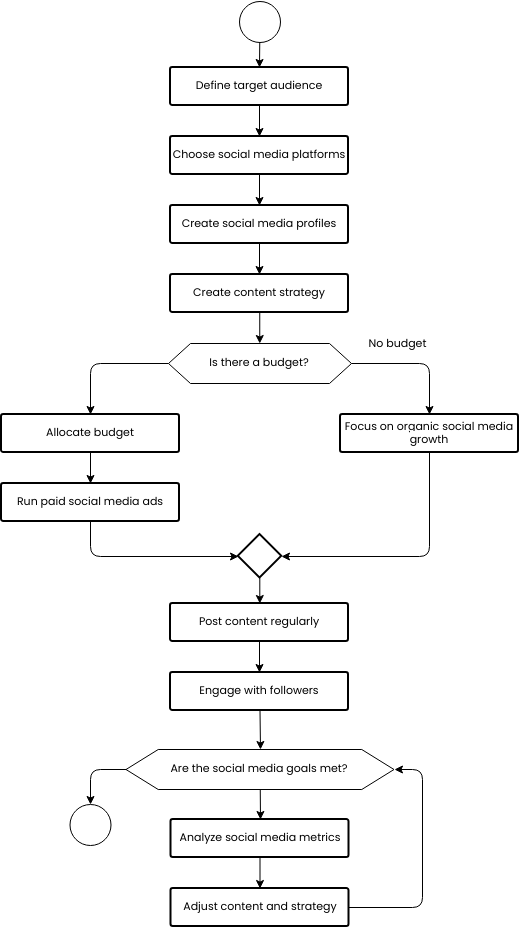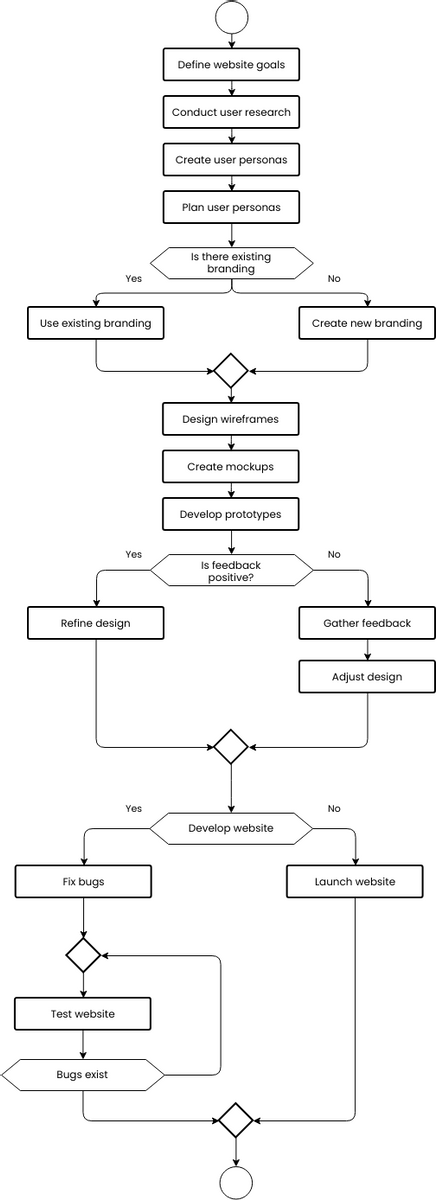Manufacturing process flowchart
The manufacturing process flowchart you provided outlines the steps involved in transforming raw materials into finished products. The first step is to place an order for raw materials and receive them. Inspecting raw materials is the next step, checking quality and quantity to ensure they meet the required specifications. Preparing raw materials follows, including cleaning, cutting, and shaping them as needed for efficient processing.
The next step in the manufacturing process is to process the materials, using machinery or equipment to transform the raw materials into finished products. Once the product has been processed, it must be packaged for transport and storage. Packaging should protect the product during transport and storage, ensuring that the finished product arrives at its destination in good condition.
Labeling is the next step, adding information to the product, such as its name, ingredients, and safety warnings. Labeling helps to ensure that the product is properly identified and can help to prevent errors or confusion. Finally, the finished product must be stored until it is ready for shipment or sale. Proper storage involves ensuring that it is kept in a cool, dry, and secure environment to prevent damage or spoilage.
In summary, the manufacturing process flowchart outlines a series of steps designed to transform raw materials into finished products. This includes placing an order for raw materials, receiving them, inspecting and preparing them, processing the materials, packaging the finished product, labeling it, and storing it until it is ready for shipment or sale. By following this flowchart, manufacturers can ensure that each step is performed correctly and efficiently, resulting in high-quality finished products that meet customer expectations.
Pros of creating manufacturing process flowchart
Creating a manufacturing process flowchart provides several benefits that can help manufacturers improve their production processes. First, a flowchart can improve the efficiency of the manufacturing process by outlining a clear and logical sequence of steps. This can save time and resources by ensuring that each step is taken in the most efficient order. By following a flowchart, manufacturers can identify potential bottlenecks or delays in the process and make adjustments to improve efficiency.
Second, a manufacturing process flowchart can ensure consistency in the manufacturing process. A flowchart ensures that the same manufacturing process is followed each time, regardless of who is performing the manufacturing. This can help to ensure consistent results and reduce the risk of errors or omissions. Consistency in the manufacturing process is important as it ensures that the quality of the finished product remains consistent, which can help to build customer trust and loyalty.
In addition to these benefits, a well-designed manufacturing process flowchart can be easy to follow and understand, even for those who are not familiar with the manufacturing process or the product being produced. This can reduce confusion and ensure that each step is performed correctly. Creating a flowchart can also be a valuable problem-solving exercise in itself as it can help to identify potential issues or gaps in the process that may need to be addressed. Finally, a flowchart can serve as a valuable reference document for future manufacturing efforts, allowing manufacturers to track the steps taken and outcomes achieved, which can inform future manufacturing efforts.
Do you need templates for flowchart design? Right away, go to Visual Paradigm Online to look at some of your favorite customizable templates.
